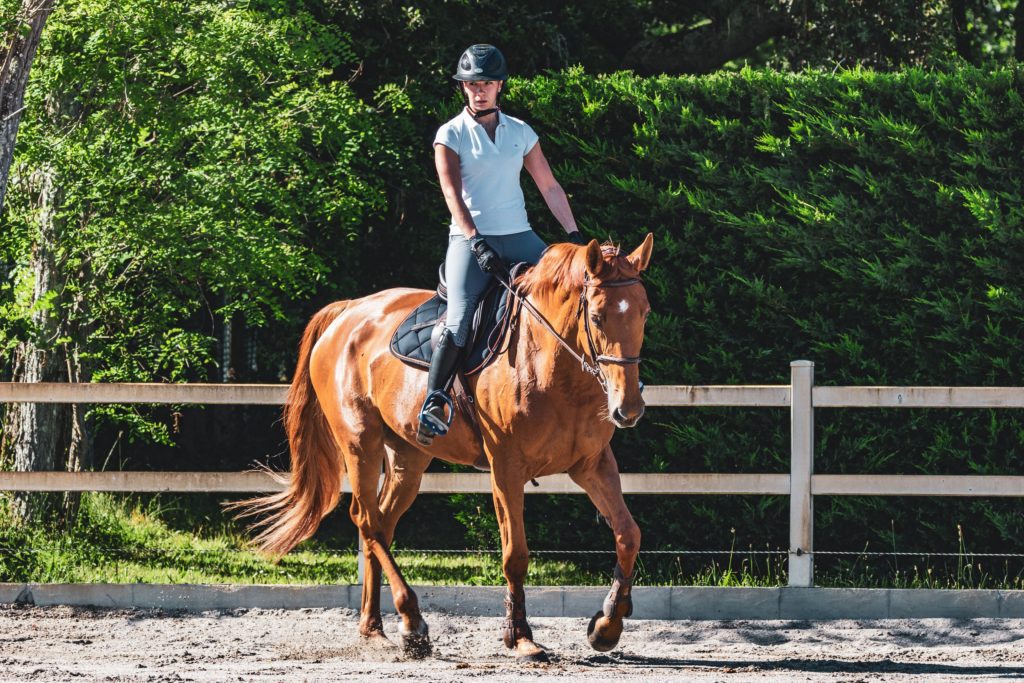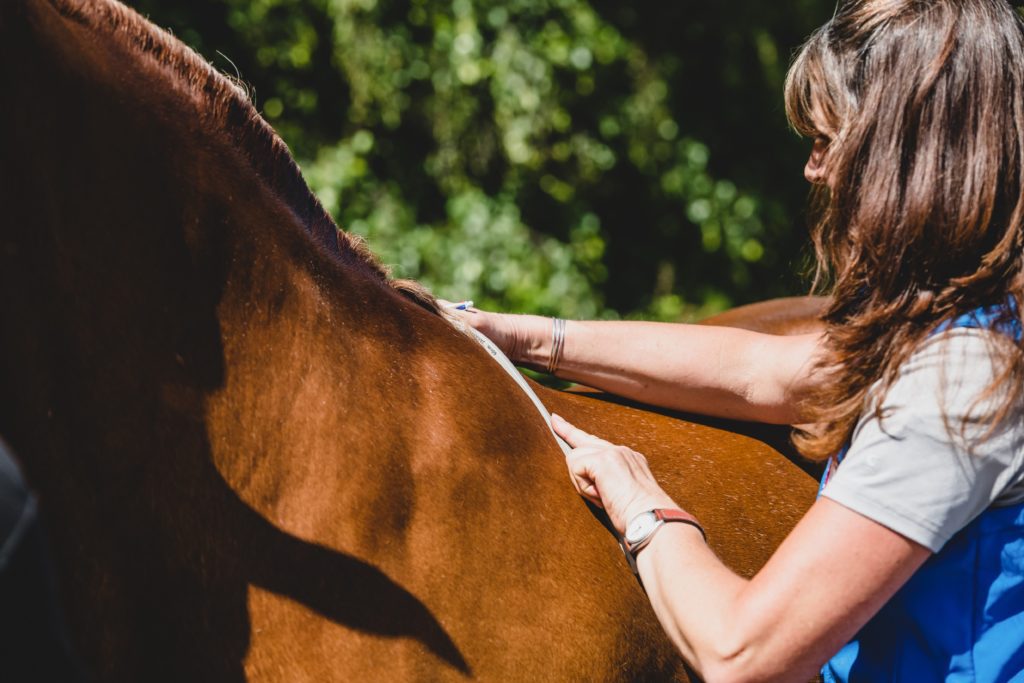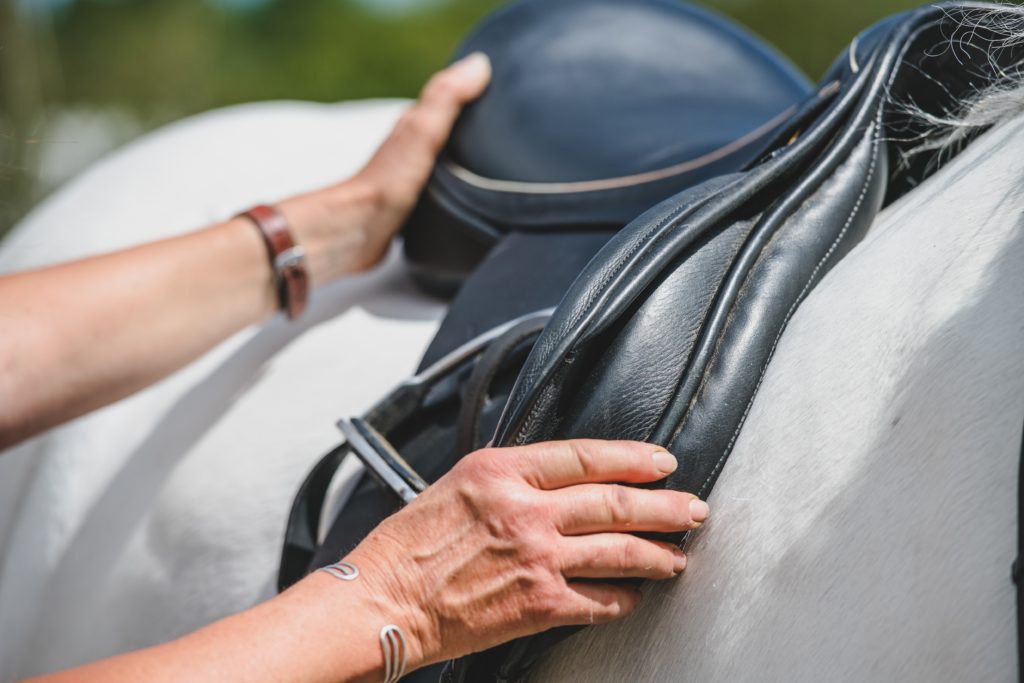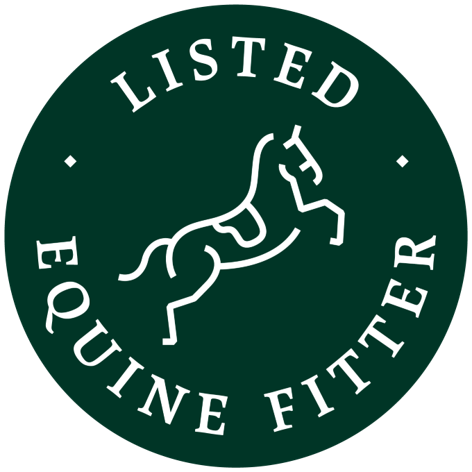Saddle, bit, and bridle fit is of critical importance to the welfare of the ridden horse. We owe it to them to ensure that horse and rider can move correctly, comfortably, and safely during the chosen activity.
Finding the right saddle for horse and rider is rarely easy. It takes time, experience, and rigorous assessment. Although we can measure an angle or the distance from one point to another, the saddle is a complex system which must be considered as a whole, and as the interface between two moving and sentient beings.
While it can be useful to know that you are looking for a 17" or medium-wide saddle there are no measurements in isolation that can tell you what you need to know to achieve a good fit for the horse or rider.

Understanding fit
There are many data points – most of which are subject to change over time – that must be considered to achieve optimum fit for both parties: horse and rider size, shape, fitness, ability and level of training; level, type, and intensity of activity; remedial care or development plans; horse and rider preference, and budget.
Fitting a saddle well and working with others to maintain good fit as both horse and rider change is a demanding task. One that can only be professionally executed by someone with appropriate training, skill, high standards of service, and a commitment to the welfare and wellbeing of the horse and equestrian.

Equine Fitters Code of Conduct
All Equine Fitters listed in the Directory meet criteria set by the Equine Fitters Council and abide by the Equine Fitter Code of Conduct and Professional Practice
Equine Fitter Code of Conduct and Professional PracticeWhy you need a professional
A good saddle fitter will understand how a saddle is made and how each feature interacts with the whole. They appreciate how the horse and rider move, how to gauge comfort and discomfort, and what changes may be expected over time. They are respectful, follow protocol, and communicate clearly, seeking client feedback.
They will explain what measurements they take, and how this guides assessment and saddle selection.
The Equine Fitters Directory exists to empower those responsible for the wellbeing of a horse or rider to find the right equine fitter. Listed fitters can be trusted to hold insurance, to pursue ongoing learning, to abide by the Code of Conduct, and to have completed training where indicated.

Look for the EFC Directory
'Listed Equine Fitter' kitemark
